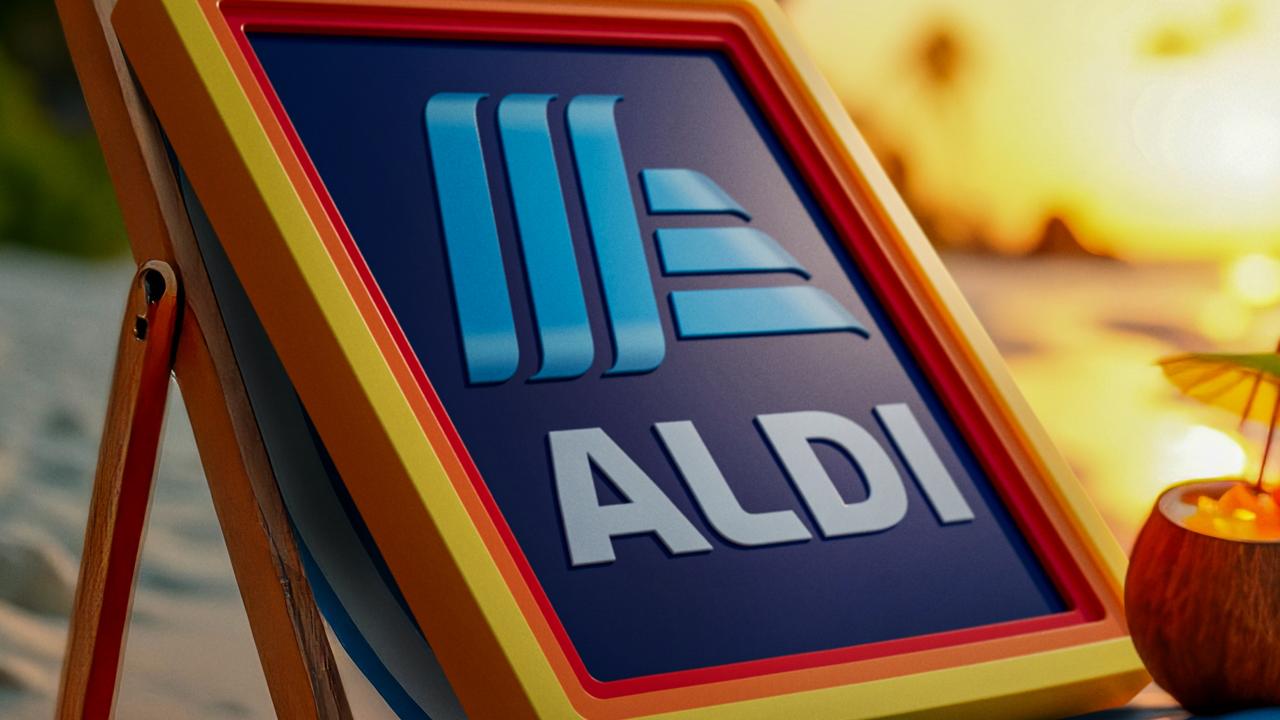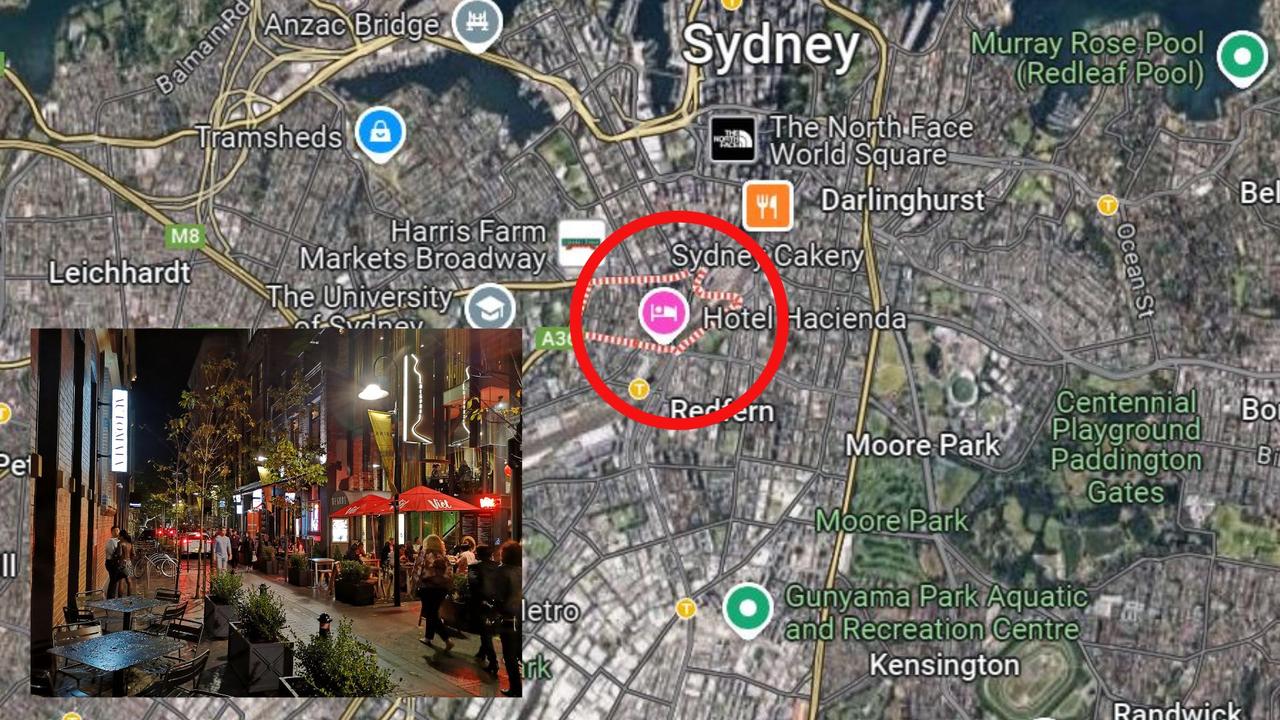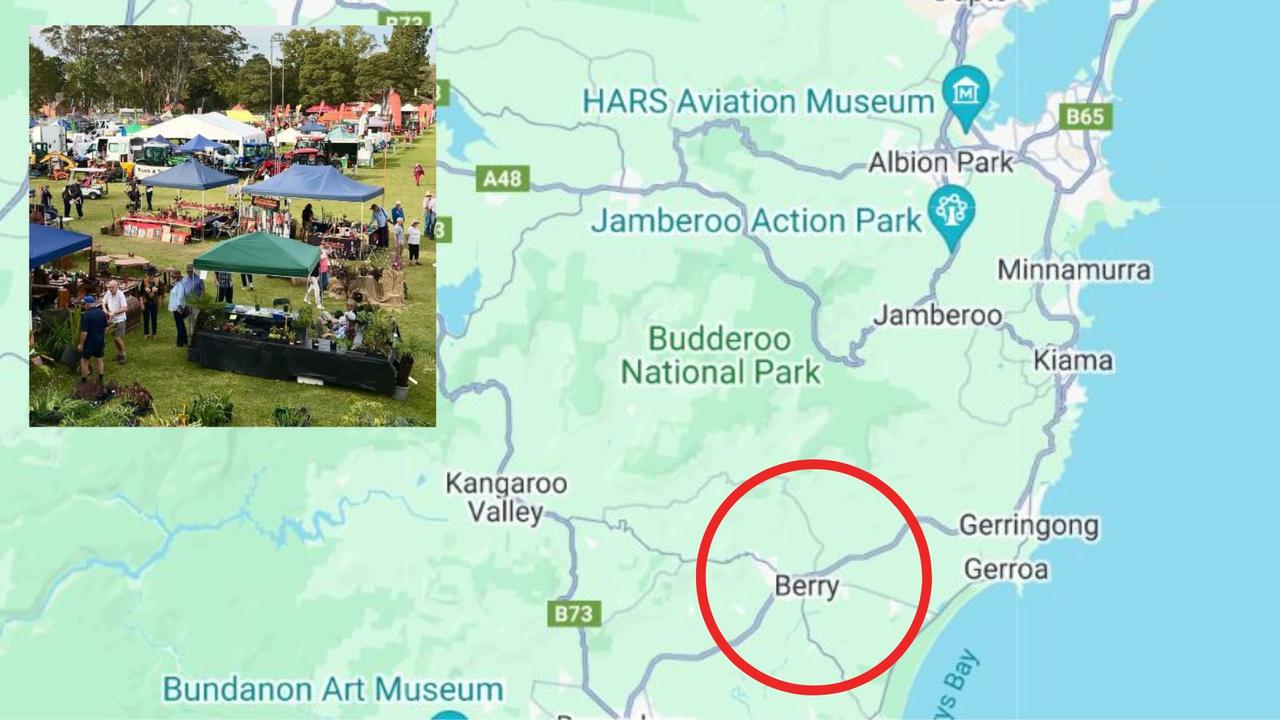There are four passport colours. Here’s what they mean
HAVE you ever wondered why our passport is blue? And why the UK passport is red? Those colours have very important meanings.
AUSTRALIANS with a passport should be pretty familiar with the look of this important document.
The cover is stamped with the Commonwealth Coat of Arms, which, as we all know, means it is an official Australian government document. It also bears the clear word “passport”, for extremely obvious reasons.
All of our passports now also bear a small rectangle with a circle inside, which is not a colourless Australian Aboriginal flag but a symbol denoting it as an ePassport.
And it’s all embossed onto a very smart, navy blue background.
But did you ever stop to wonder why it’s blue? Or why the British passport is red — at least, for now? Or why, in the whole wide world of passports, there aren’t many other options?
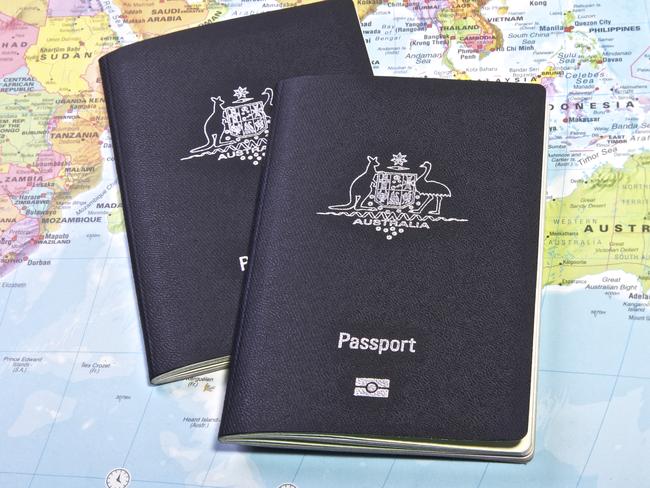
There are no official rules governing the choice of passport colour, but every passport in the world is either blue, red, green or black.
It also doesn’t matter what shade of those colours are used, but darker shades — navy blue, burgundy, forest green — seem to be the most popular options.
There are strong geographical, political and even religious reasons why countries choose the passport colour they do.
And it’s mainly because passports reflect national identity, says Hrant Boghossian, the vice president of marketing at financial advisory firm Arton Capital, which runs the Passport Index website.
BLUE
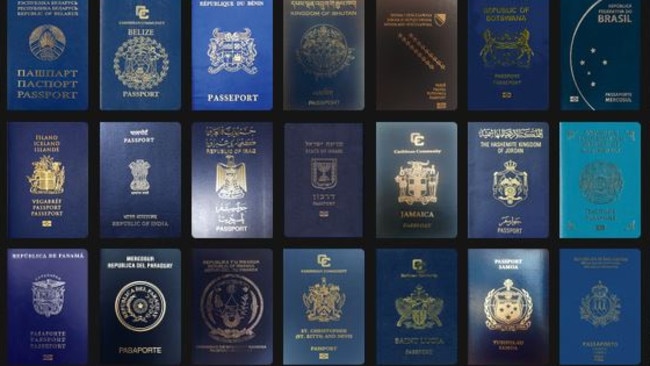
Australia has a blue passport and so does the United States, Canada, Hong Kong, and a whole host of countries across Africa, Central and South America, and island nations in the Pacific.
Mr Boghossian said the blue colour may be symbolic of New World countries in those regions, according to the UK’s Telegraph.
He also noted there was huge variations of the colour, based on national preference. Most “blue passport” countries, like Australia, have adopted a dark shade but others, like Fiji, have run with a lighter, brighter sky blue.
The US switched the colour of its passport in 1976 from green to a shade of blue similar to the blue on the national flag.
RED
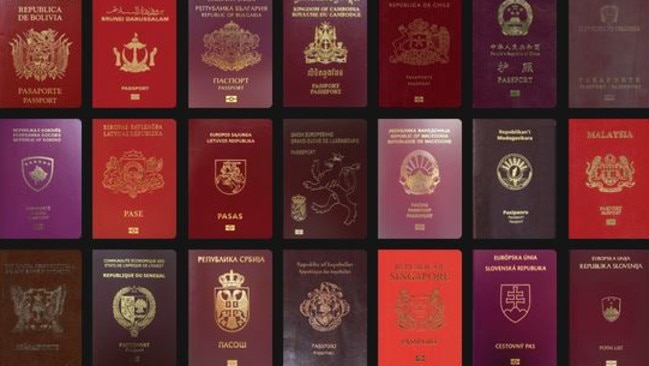
Again, shades of red vary across the countries that have adopted this passport colour, from the orange-red of Singapore to the rosier red of Cyprus, with deep burgundy a popular choice across Europe.
“Some could argue that the burgundy red is due to a past communist history,” Mr Boghossian said.
Burgundy is now linked with the European Union, with all member countries having adopted the colour with the exception of Croatia, where the passport is a very dark, almost black, blue.
The UK announced in December it would change its burgundy passport back to the blue one it used to have as it symbolically exits the European Union.
Prime Minister Theresa May said the switch back to “iconic” blue was an “expression of [Britain’s] independence and sovereignty” away from the union.
Conversely, Mr Boghossian said Turkey changed its passport from black to burgundy “as it hopes to join the EU”.
The most powerful passport on earth just happens to be red — the German passport.
GREEN
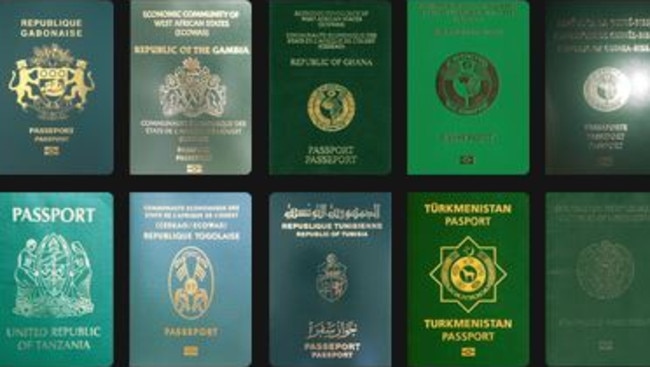
Egypt, Indonesia, Vietnam, Mexico, Nigeria, Zimbabwe and the Ivory Coast are among the nations with green passports.
For some countries, such as Saudi Arabia, Morocco, Pakistan and Burkina Faso, the colour has a religiously significant meaning.
“Most Islamic states use green passports because of the importance of the colour in their religion,” Mr Boghossian said.
Green is believed to have been a favourite colour of the Prophet Mohammed and is associated with paradise in the Koran. It also features prominently on the national flags of many Islamic countries, such as Afghanistan and Iran.
BLACK
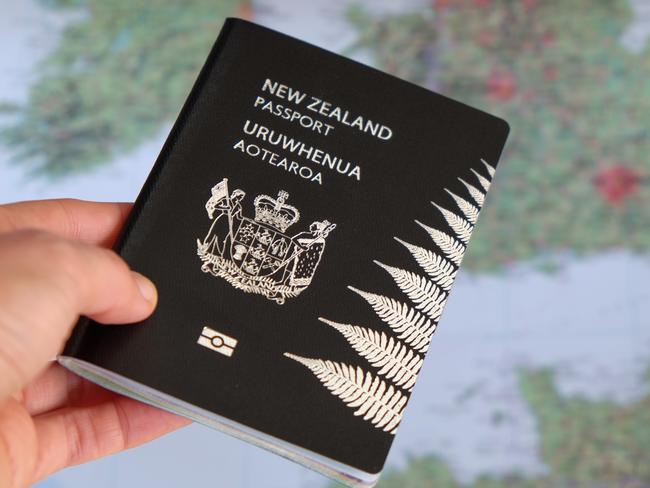
While less common, no-nonsense black is the colour adopted for passports in a handful of countries including the Palestinian Territories and New Zealand, where black is a colour of national significance.
And that’s largely what passport colours come down to — national identity.
“Governments around the world have the freedom to choose the colour and design. Unfortunately, only few have understood the importance of this document on their country’s brand identity,” Mr Boghossian told Travel + Leisure.
Black is also commonly used for diplomatic passports and some older generation Australian passports appeared black.
There are also few white passports out there, but they aren’t ordinary passports. India issues special white passports to government officials and the US has a white passport that allows citizens to re-enter the country after they’ve been living abroad for more than a year.
While countries can opt for the colour of their choosing, there are some specifications set by the United Nations’ International Civil Aviation Organisation (ICAO) that all passports must adhere to.
And one of them is size: passport booklets must be 125mm by 88mm.
The ICAO also sets standards for machine-readable passports — which most of the world’s passports are — and countries that have adopted biometric passports, or ePassports, such as Australia.


